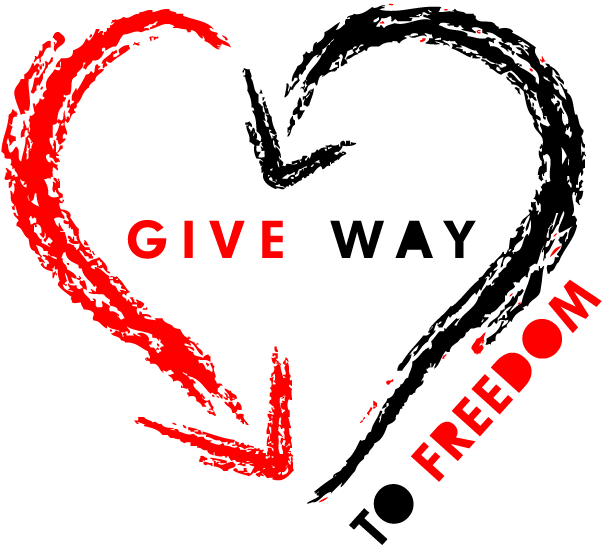Human trafficking comes in many forms.
Human trafficking is the process of compelling a person to perform labor through force, fraud, or coercion. Often described as modern-day slavery, human trafficking exploits people’s dreams, robs them of their dignity, and violates their basic human rights.
No industry or form of labor is immune — human trafficking happens in manufacturing, agriculture, domestic work such as nannies or maids, the sex industry, and many others. Traffickers use a variety of methods, including and especially psychological coercion, to control victims.

Human trafficking is different from smuggling. Smuggling is a crime against a State. The relationship between a smuggler and an individual is solely for the purpose of leaving one country and crossing into another against payment. The relationship ends at the point at which illegal entry is achieved. Trafficking is a crime against a person and that person is considered a victim.
The United States Trafficking Victims Protection Act
The United States Trafficking Victims Protection Act is a Federal law that uses the term Severe Trafficking in Persons, which is defined as:
The recruitment, harboring, transportation, provision, obtaining, patronizing, or soliciting of a person for the purpose of a commercial sex act, in which the commercial sex act is induced by force, fraud, or coercion, or in which the person induced to perform such act has not attained 18 years of age;
The recruitment, harboring, transportation, provision, or obtaining of a person for labor or services through the use of force, fraud or coercion for the purpose of subjection to involuntary servitude, peonage, debt bondage, or slavery.
